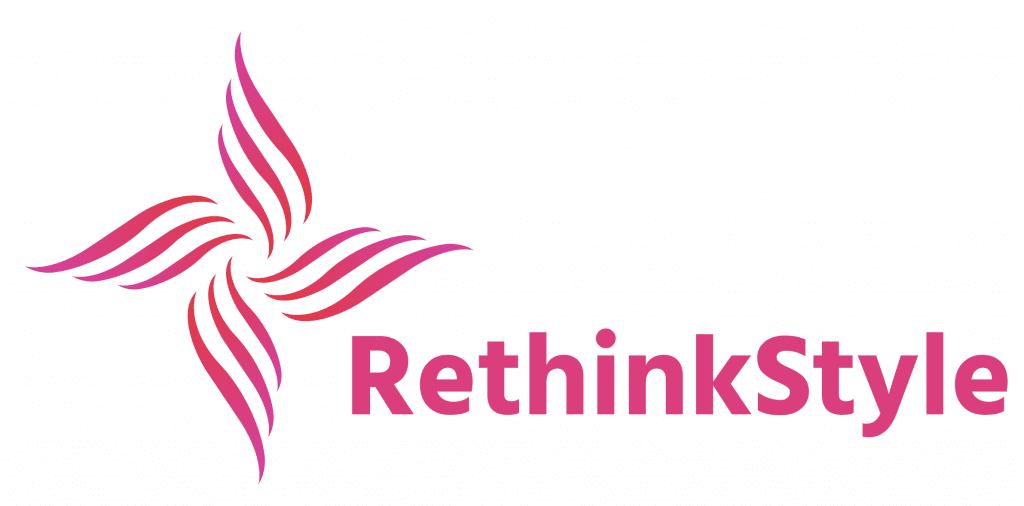Investing in your rental apartment can be a conundrum for many. You are not just sprucing up a space. Instead, you are potentially increasing its value and appeal. The question that often pops up is: Is it really worth it?
Let’s dive in and explore this multifaceted topic.
Firstly, it is essential to understand what investing in your rental apartment entails. It is not just about buying furniture or painting walls. Instead, it involves a series of decisions, from minor upgrades to major renovations. And all are aimed at enhancing the property’s value and attractiveness to potential tenants.

The Balancing Act: Cost vs. Benefit
The key is finding a balance. Over-investing in a rental property may not yield proportional returns, whereas under-investing might leave your apartment languishing in a competitive market. Conduct a cost-benefit analysis. Simple improvements like a fresh coat of paint, updated fixtures, or energy-efficient appliances can go a long way without breaking the bank.
Likewise, understanding your target market is also crucial. A high-end apartment in a cosmopolitan area might benefit from sophisticated upgrades, while a modest apartment in a suburban area might not need such lavish improvements.
Based on that, tailor your investments to suit the expectations of your potential tenants.
Staying Ahead of the Competition
By investing in improvements for your rental apartment, you can reap rewards in the long run. In a competitive market, staying ahead is key. Regularly investing in your property ensures it does not become outdated, maintaining its appeal in the market.

Also, consider the risks. Every investment carries a risk, and the rental market can be unpredictable. Ensure that your investments are sensible and calculated.
Increasing Rent and Attractiveness
Investments can justify a higher rent, but be cautious. The increase should align with the market rates and the value added by the improvements. Remember, an attractive, well-maintained apartment is likely to rent faster and retain tenants longer, reducing vacancy periods.
So, the long-term benefits are significant. Well-chosen improvements can reduce maintenance costs over time. Plus, if you ever decide to sell, a well-maintained property will likely fetch a higher price.
Consider Taxes Emotional Attachments
Do not forget the tax implications. Many improvements on rental properties are tax-deductible. However, it is vital to understand what qualifies as a deductible improvement versus a capital expense.

There is an emotional aspect too. Investing in your property can instill a sense of pride and responsibility in your tenants, leading to better care of the apartment. This emotional investment can be just as valuable as the financial one.
Parting Thoughts
Investing in your rental apartment is generally worth it, provided it is done strategically. It is about making smart, informed decisions that align with market demands, tenant expectations, and your financial goals. By striking the right balance, you can enhance the value of your property, and increase its income potential. Plus, you can ensure its long-term viability in the rental market.
In essence, think of your rental apartment not just as a property. But as a long-term investment that requires nurturing and strategic planning. With the right approach, the returns, both tangible and intangible, can be truly rewarding.




